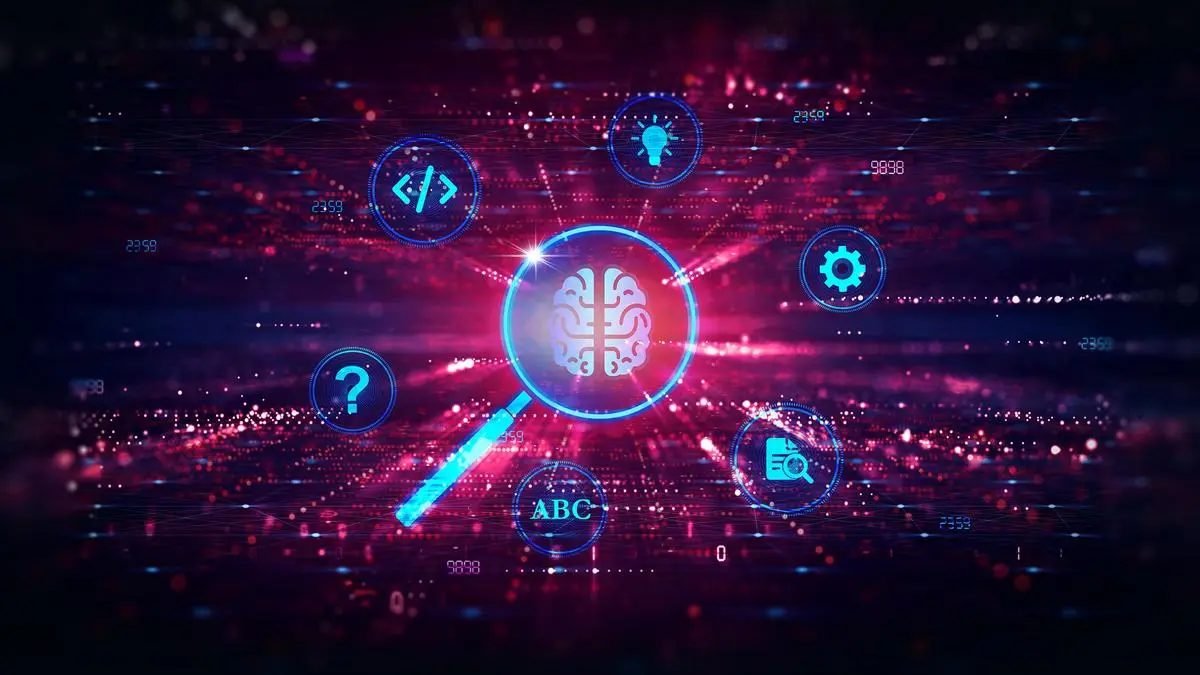Imagine a world where tiny robots, gliding across the surface of the ocean, continuously monitor the largely unexplored marine environment. These robots, untethered and autonomous, would silently gather data, driven by an energy source that never depletes, drawing power from the very water they traverse. What if these robots, rather than relying on bulky batteries, could harness the power of biological processes — like a digestive system converting food into energy? This is precisely what Anwar Elhadad, Yang Gao and Seokheun Choi at the State University of New York at Binghamton have explored with their paper, “Revolutionising Aquatic Robotics: Advanced Biomimetic Strategies for Self-Powered Mobility Across Water Surfaces.”
The team has created an innovative system that allows small aquatic robots to generate their own power. Inspired by the way living organisms process energy, these researchers are pushing the boundaries of what autonomous technology can achieve in challenging environments.
Biomimetic tech
As the Internet of Things (IoT) continues to expand, with projections suggesting over a trillion interconnected devices by 2035, the need for autonomous systems that can operate in remote and challenging environments is an imperative.
Aquatic environments, which cover 71 per cent of the Earth’s surface, present unique challenges. Here, traditional battery-powered devices are limited by their finite energy storage and the logistical difficulties of retrieval and recharging. To overcome these obstacles, the Defence Advanced Research Projects Agency (DARPA) has initiated programmes like the Ocean of Things (OoT), with the aim of deploying thousands of smart, floating nodes, equipped with sensors, to monitor marine environments. But the potential of these systems is hampered by the need for energy autonomy, since traditional energy harvesting methods are often unreliable or insufficient in the marine environment.
This has led researchers to explore alternative methods of energy generation, culminating in the development of a self-sustaining energy system.
The heart of this innovation lies in the use of microbial fuel cells (MFCs), which converts organic materials found in aquatic environments into electricity through catalytic redox reactions. The researchers selected the spore-forming Bacillus subtilis as the anodic biocatalyst. This bacterium is particularly resilient, capable of surviving in harsh conditions and reactivating in favourable environments, making it an ideal candidate for long-term energy generation in the fluctuating conditions of the ocean.
To ensure a steady supply of organic substrates necessary for microbial activity, the researchers integrated a biomimetic Janus membrane with asymmetric surface wettability into the system. This membrane allows for selective intake of substrates, mimicking natural processes found in organisms like cacti and water striders. The Janus membrane’s design also contributes to the robot’s ability to move across the water surface easily using a motor powered by the microbial metabolism.
It was found that the combination of Bacillus subtilis and the Janus membrane significantly enhanced the longevity and efficiency of the MFCs. The bacteria’s ability to enter a dormant spore state and reactivate when conditions improve ensures continuous power generation, even in the face of environmental stressors like temperature fluctuations or nutrient scarcity.
The Janus membrane played a critical role in maintaining the robot’s energy supply by allowing a unidirectional flow of organic substrates into the MFC while preventing reverse flow and contamination. This innovation not only improved the robot’s operational efficiency but also ensured its stability and buoyancy, allowing it to glide effortlessly across the water.
Fuelling the future
The implications of this research extend far beyond the field of robotics. By harnessing natural processes for technological advancement, the study sets new benchmarks in the design of autonomous systems. The potential applications range from environmental monitoring and disaster response to security and navigation. Autonomous robots powered by MFCs could revolutionise how we explore and understand marine environments, providing real-time data on everything from pollution levels to the movement of marine species.
Moreover, the principles demonstrated in this research could be applied to other fields, such as biomedical devices or wearable technology, where energy autonomy is a critical concern. The use of microbial fuel cells in these contexts could lead to new, self-sustaining systems that reduce our reliance on traditional energy sources and enhance the resilience of our technological infrastructure.





